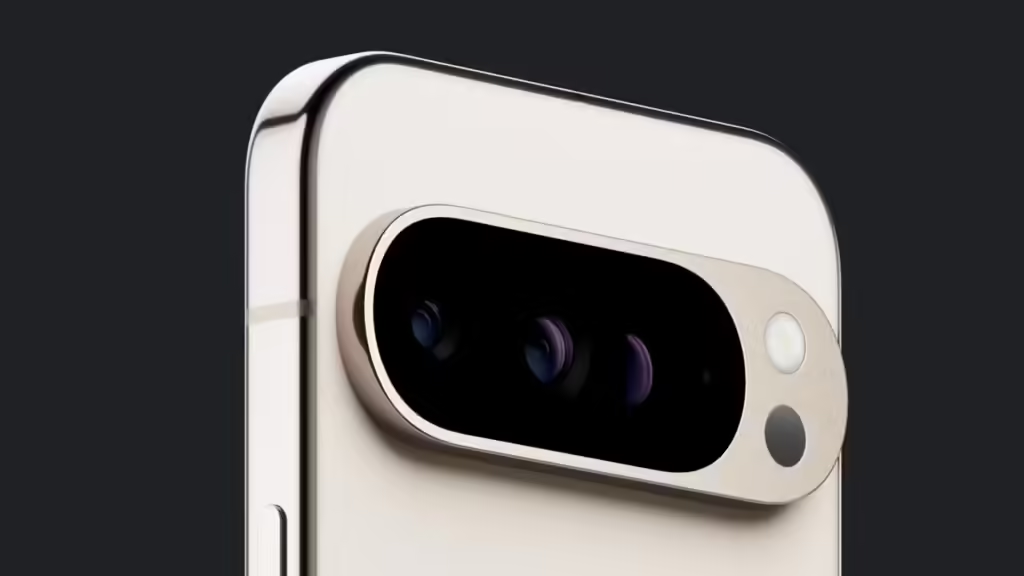The Google Pixel 9 series, is generating buzz with its lineup of four models: Pixel 9, Pixel 9 Pro, Pixel 9 Pro Fold, and Pixel 9 Pro XL. However, a recent report indicates that these flagship devices may not debut with the latest Android 15, instead opting to run on last year’s Android 14, marking a significant shift from Google’s previous launches. Pixel 9 Series Expected to Launch Without Android 15 is a surprising turn and we’ll look into why.
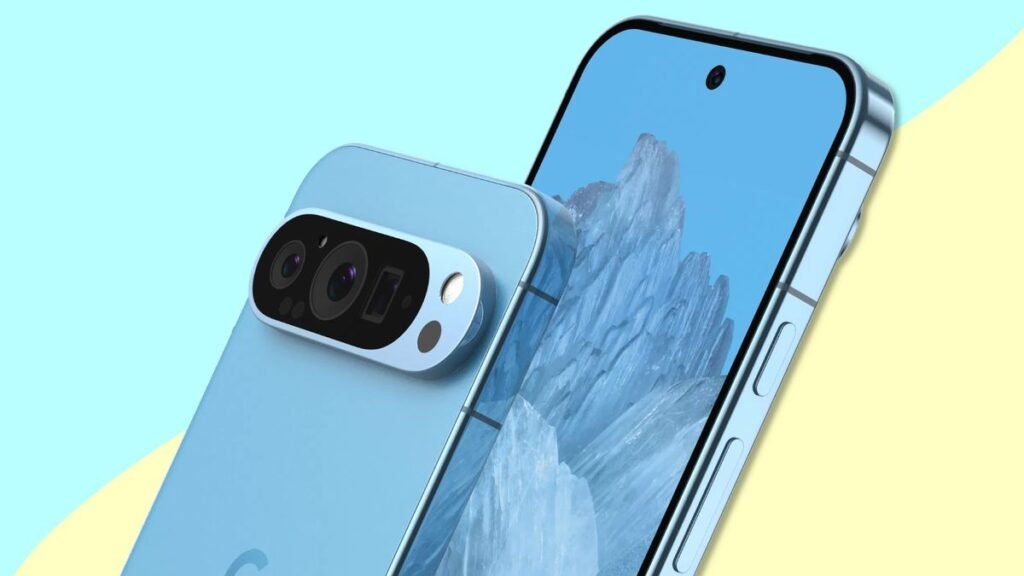
A Surprising Shift in Software
Despite the usual practice of launching new Pixel devices with the latest Android OS, the Pixel 9 series appears to be breaking this tradition. Android 15, which has been available in beta to developers for several months and reached “platform stability” in June, will reportedly not be ready for the Pixel 9 launch. This delay means that, for the first time, Google‘s flagship smartphones may launch with an older operating system, Android 14.
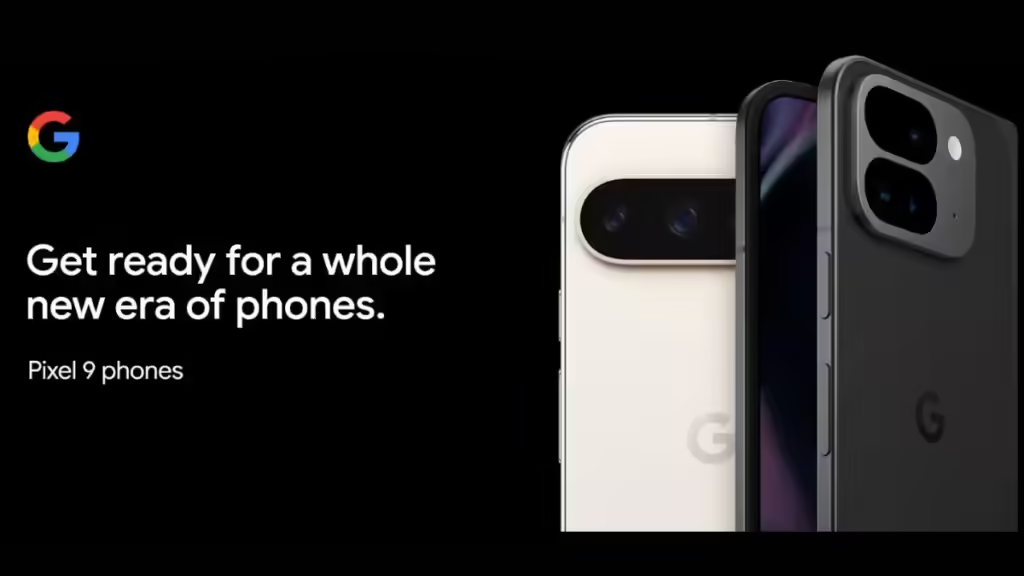
Enhanced Features Despite OS Delay
Even without Android 15, the Pixel 9 series will bring several enhancements, including faster charging speeds, which users eagerly anticipate. Additionally, storage configurations for the new models have been leaked, providing more choices for consumers. The Pixel 9 will offer 128GB and 256GB storage options, while the Pro models will come in 128GB, 256GB, 512GB, and a massive 1TB configuration, catering to users with varying storage needs.
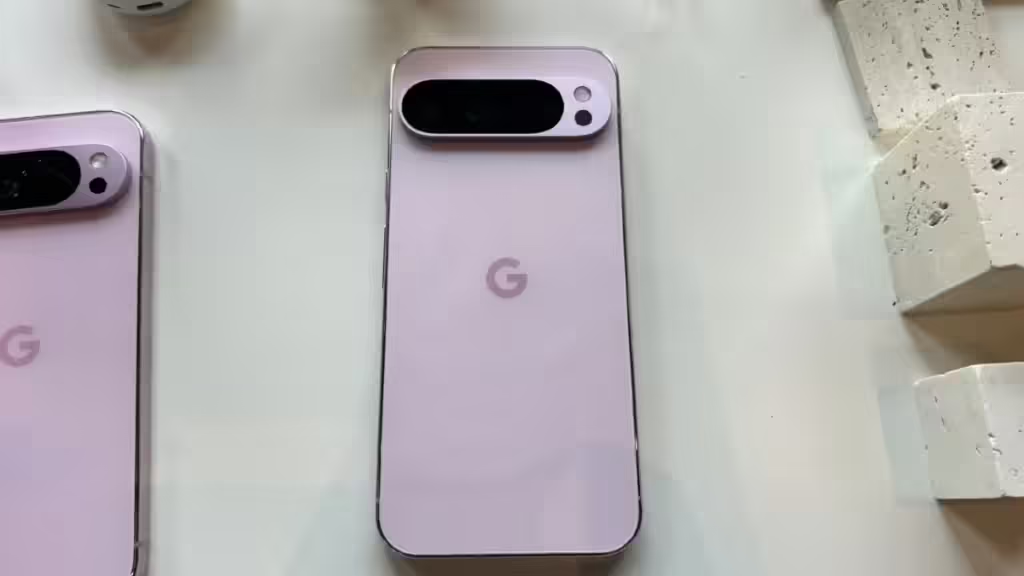
Commitment to Long-Term Software Support
One of the standout features of the Pixel 9 series is Google’s commitment to long-term software support. The company has pledged to provide OS updates, security patches, and Pixel feature drops for up to 7 years. This promise, initially made for the Pixel 8 series, extends to the Pixel 9 series, ensuring software support until 2031. This extended support period highlights Google’s focus on offering a sustainable and secure user experience over the long term.
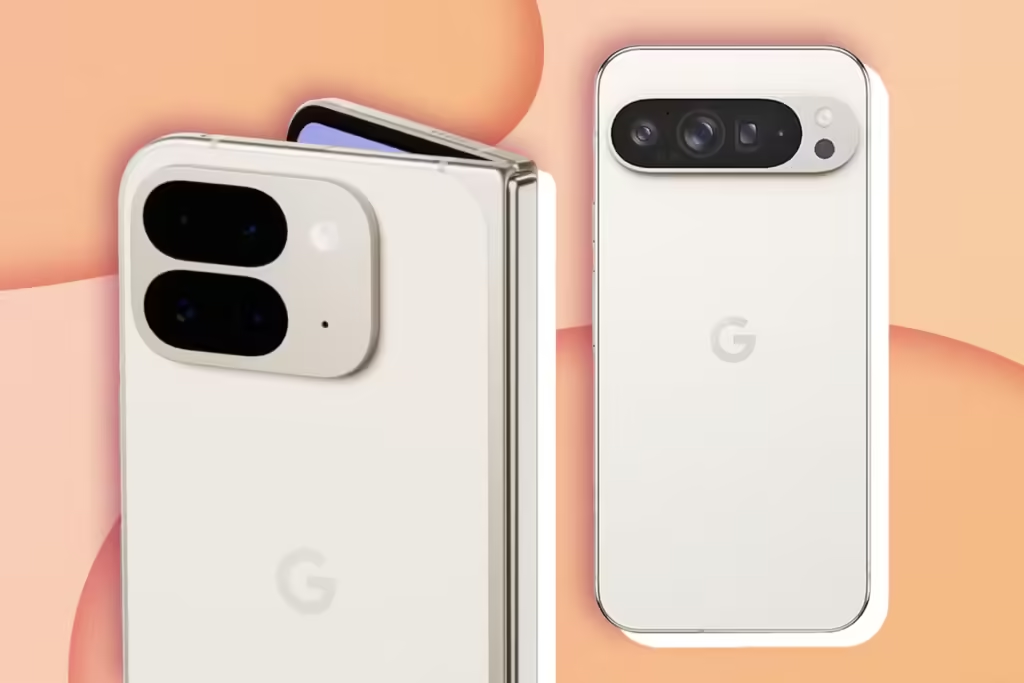
What to Expect on Launch Day
As the launch date approaches, the Pixel 9 series will draw significant attention, not just for its hardware specs but also for the unusual software situation. While the absence of Android 15 at launch might be disappointing for some, the series still promises to deliver powerful performance, cutting-edge features, and a variety of storage options to suit different users.
